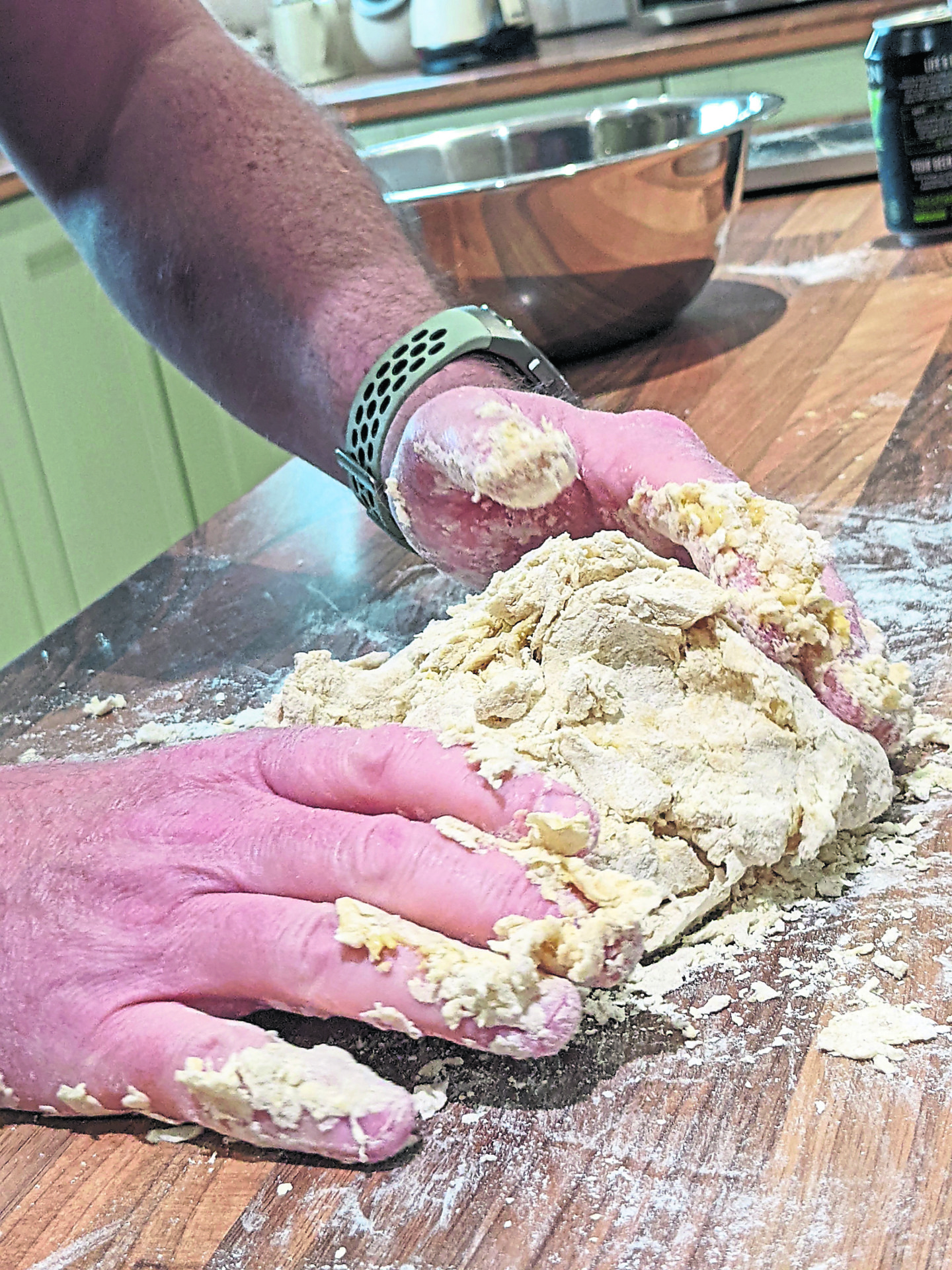Fool-proof guide to fresh, home-made pasta
OK, so as promised from last week, this is a fool proof guide to making your own fresh pasta without a pasta machine.
Also, it is demonstrative of how much I care that, even though I owe a pasta machine, I fired up Sunday’s pasta without a machine, just so I could write this column.
If you decide to follow this recipe, it’s good to remember one thing: Great home-made pasta is perfectly achievable but only with a good dollop of elbow grease.
I went through the process on Sunday, as I say, and whilst things were a little labour intensive, before the close of play, I was tucking into one of my most memorable bowls of fresh pasta in living memory. Served up with a goodly knob of butter, a storm of freshly ground parmesan and a bombardment of black pepper and I was in Paradiso (Italian for Heaven).
Don’t be waiting for the funny bit this week, ‘cause it’s not coming. This is a straight up recipe for three-ingredient, fool-proof, fresh pasta.
Get the Three Tenors on and start cooking.
INGREDIENTS
4 large eggs (if they’re not large enough, use five)
425g of plain flour
1 tbsp of water (you might not need this but bear with me)
THE PLAN
Start by measuring out the flour, dump it onto a work surface, as in the picture included.
Next, make a well in the centre and crack in the four eggs, as in the picture included.
Start off with a fork and gently break up the yolks, swirling the fork in the middle until some of the flour is incorporated into the mix. Don’t worry if the walls of the well burst and the eggs start running out. Your hands are gonna get messy anyway so just scoop the runaway eggs up and keep mixing until you’ve stemmed the flow.
Things will look like a bit of a hanlin at this stage but keep the faith and keep trying to bring the dough together through squeezing and kneading.
If, when you’ve brought most of the dough together, it stills looks and feels overly dry, add that sprinkling of water – about a tablespoonful – and start kneading again.
When the dough is resting, it will naturally become a little wetter as the flour absorbs all of the moisture, so the key at the kneading stage is not to add too much moisture.
So, keep kneading until you have a smooth ball of dough, as in another of the pictures included. Then, wrap it in some clingy and retire to the fridge while you clean the place up.
After the half an hour, the dough should feel considerably softer and therefore easier to handle.
Divide into four, using a knife if bench scraper, and then, on a lightly floured surface, start rolling.
You basically want to roll it out as thin as possible. And when you think it’s as thin as it should be, roll it thinner still (as in another of the pictures). This is where the elbow grease comes into play although, to be honest, I found it kind of therapeutic.
When it’s as thin as thin could be, sprinkle on a little more flour, roll it up into a big cigar and cut into strips to make tagliatelle – BOOM – fresh pasta.
Disentangle these ribbons of loveliness and they can be used straight away. Bring a large pot of well-salted water to a boil and drop into the ribbons. Should be cooked in one to two minutes. A good sign is when they float to the surface.
They’ll also keep for a few days in the fridge or they can be stored in the freezer for (kinda) fresh pasta whenever you desire.
OK, so I know I said there wouldn’t be a funny bit but I lied.
Drum-roll, please…
How come no-one ever invites ravioli to a party?
He’s a little square.
BOOM!








